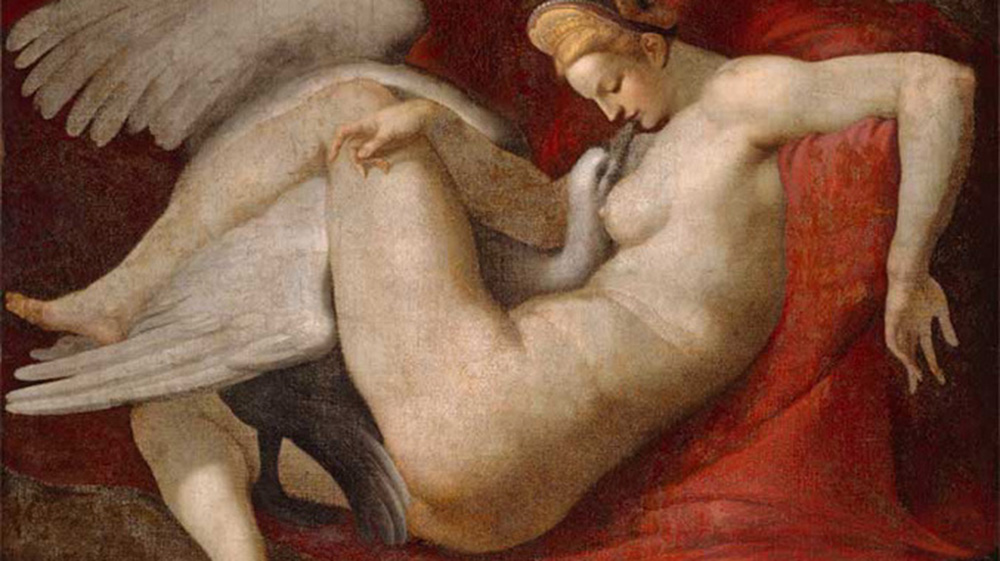INDEX ON CENSORSHIP

1. Obscene publications offences explained
It is nearly 300 years since bookseller Edmund Curll was convicted in 1727 on a charge of obscenity in an English court for his publication of the mildly pornographic Venus in the Cloister or The Nun in Her Smock. Obscenity was thereafter recognised as a crime under common law. Since then, the definition of obscenity has narrowed from the broad concept under common law of engendering “revulsion, disgust or outrage” (although this remains the definition of obscenity for the offence of outraging public decency) to the notoriously vague current definition under the Obscene Publications Act 1959 of “tending to deprave and corrupt”.
Obscenity law is concerned with protecting “public morals” – it seeks to steer people away from immoral or criminal behaviour and vice. The European Court of Human Rights (ECtHR) has recognised that convictions under the Obscene Publications Act 1959 – which criminalises publishing “obscene” material – interfere with individuals’ rights to free expression under Article 10 of the European Convention on Human Rights (ECHR). However, in the 1972 case of Richard Handyside v United Kingdom, the ECtHR acknowledged that prosecutions under the act were permissible under the restrictions set out in Article 10(2) of the ECHR where freedom of expression can be restricted to protect “morals in a democratic society.”
What does Article 10(2) of the European Convention on Human Rights say?
Article 10(2) says that the right to freedom of expression “carries with it duties and responsibilities”. Because of this, the right to free expression may be subject to restrictions and conditions that are necessary in a democratic society and are set out clearly in the law. To be valid, any restrictions must be for one or more of the following purposes: national security, public safety, territorial integrity, preventing crime or disorder, protecting health or morals, protecting the reputation or rights of others, preventing the disclosure of information received in confidence, and for maintaining the authority and impartiality of the judiciary.
Index on Censorship for more
